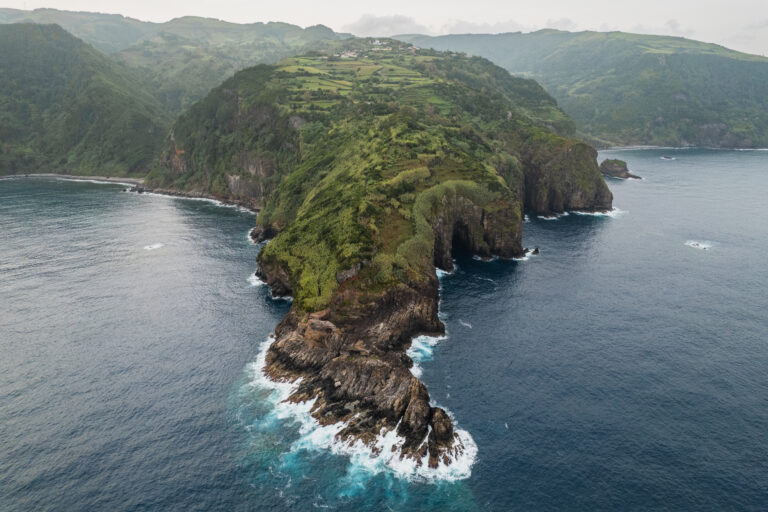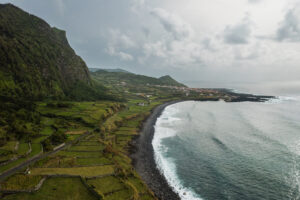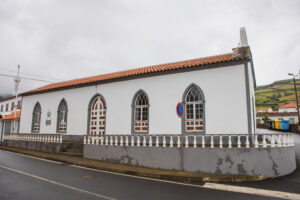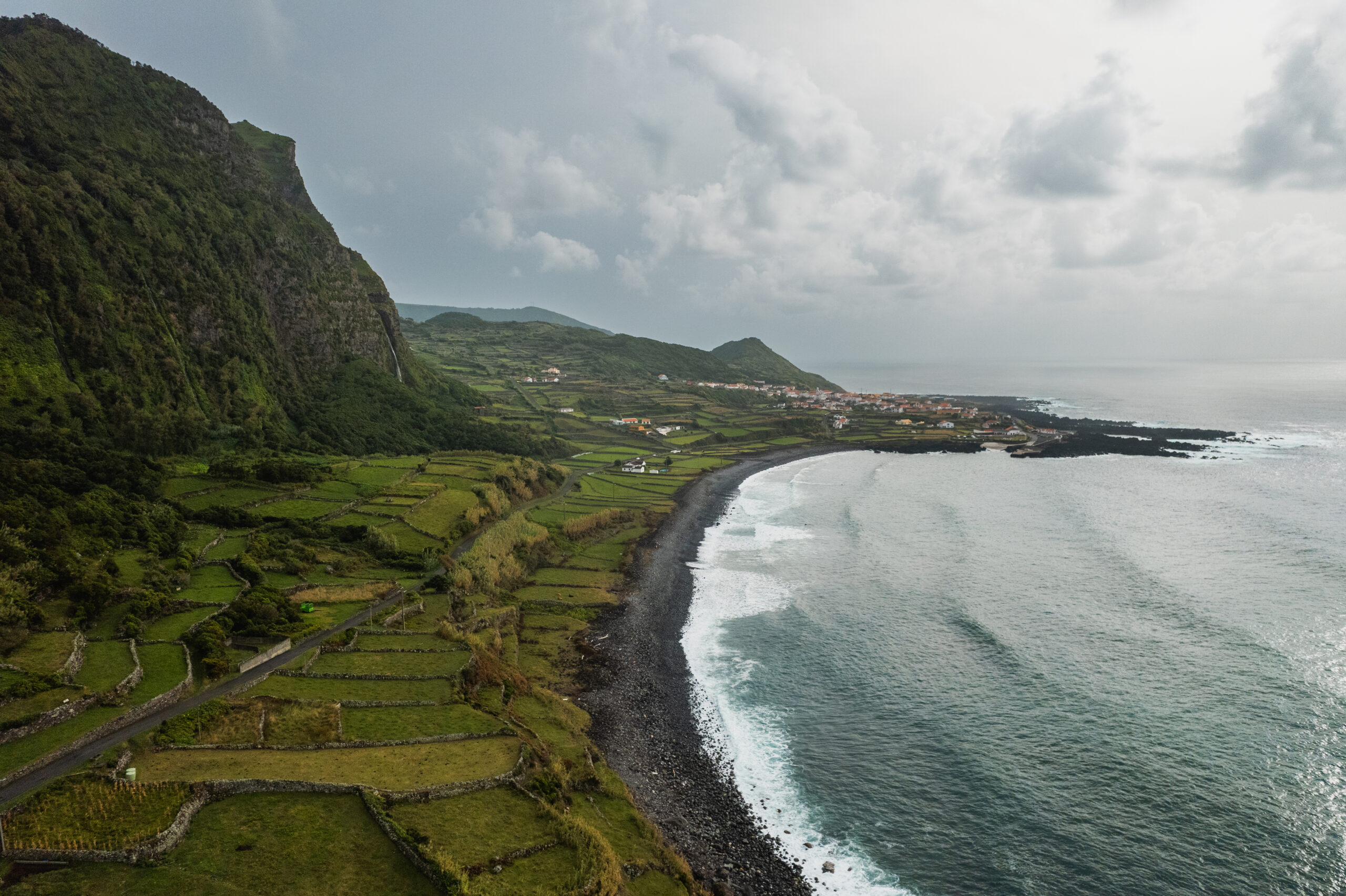
Ships in sight, new tales on the tide!
Some of the forts in Flores and Corvo have been repurposed over time, becoming sites for appreciating the landscape. However, many of them have completely disappeared, leaving only their memory preserved in the names of places.
- Flores and Corvo
- 2 days
- Recommended months to visit January - December
- Locations visible from outside and some locations subject to opening hours
- Low difficulty level
Historical context
The islands of Flores and Corvo played a vital strategic role during the 16th and 17th centuries due to the favorable currents and winds of the Atlantic for the India Route. Positioned along this route, they served as waiting points for ships to be guided to the port of Angra. However, this position also made them frequent targets of pirates and corsairs seeking opportunities to attack and plunder vessels, using the islands for replenishment.
The fortification and use of artillery on the islands were often delayed and neglected, leading to the construction of low-quality defensive structures that quickly deteriorated due to the erosive action of the sea and strong winds. Therefore, defense mainly relied on the natural advantage of impassable cliffs and the hurling of rocks into the sea to deter hostile ships.
During this tour, you will be able to observe marks and traces from the passage of ships from India
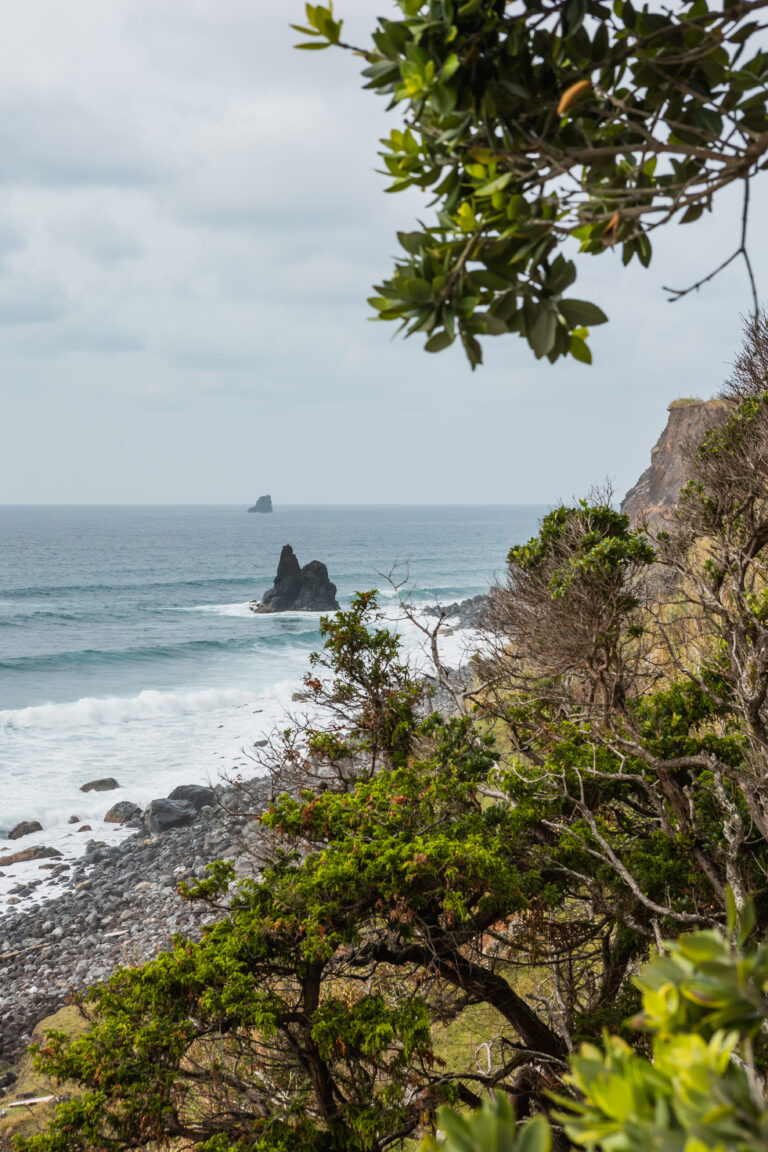
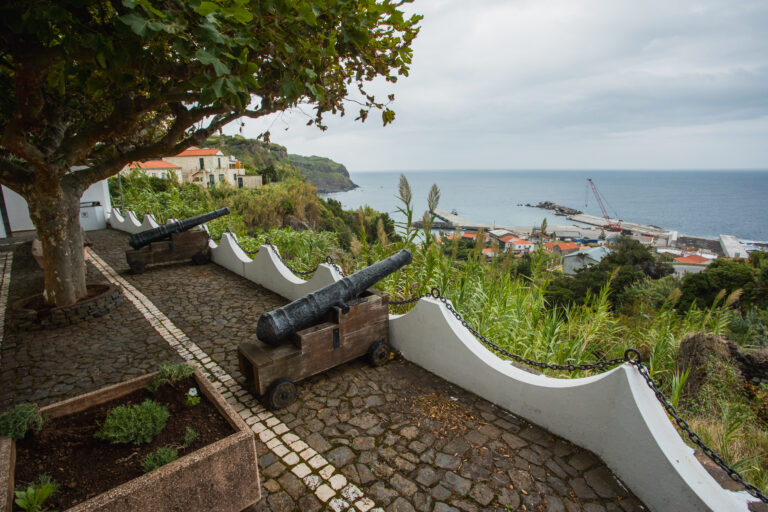
Fort of Nossa Senhora do Rosário
When the village of Lajes das Flores was invaded and plundered by five English vessels in 1587, the residents escaped to the outbacks, but this form of protection was possible due to the existence of a lookout that allowed them to alert others. At the beginning of the 18th century, this lookout was already designated as Fortlet of Nossa Senhora do Rosário, undoubtedly because it was close to the village’s main church that bears this name.
Visit the Village of Lajes and observe its buildings set back from the coastline, as a form of protection against attacks
Fort of Nossa Senhora dos Milagres
The Fort of Nossa Senhora dos Milagres, on the south coast of the island of Corvo, defended the Calheta anchorage, one of the three that served the town. It was probably built at the end of the 16th century because, as Gaspar Frutuoso reports, the coast was shallow there, and it was easy to embark and disembark. Around the same time, a high wall would have been built, five or six spans high and a league long, up to the steepest area – Pesqueiro Alto.
Visit also the Village of Corvo
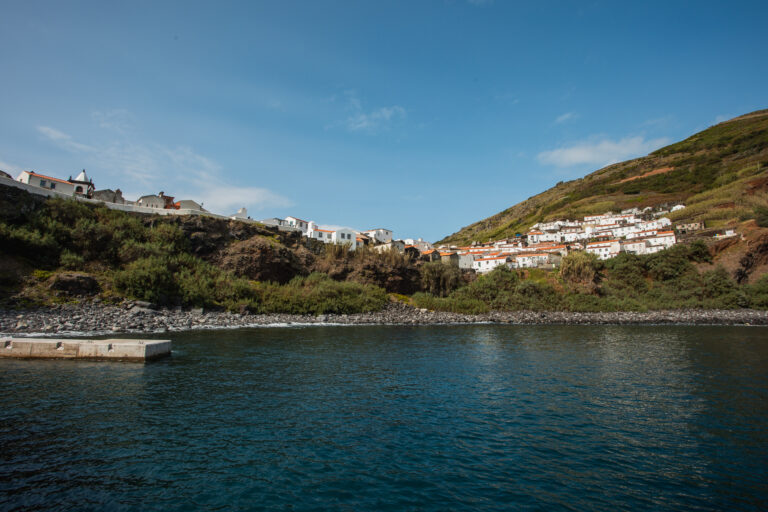
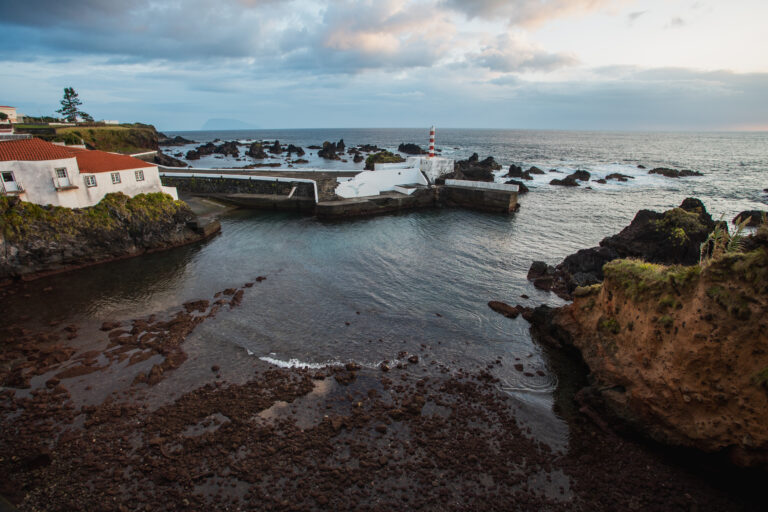
The Privateer Peter Easton
The relationship of the English privateer Peter Easton with the island of Flores dates back to 1609 when he first resupplied meat, water and firewood here. In the following years, the visits were repeated, testifying to the convenience of a peaceful friendship for both parties. It is even said that the daughter of the captain-general of Flores was promised to Easton. However, the island’s ombudsman and the captain-general would be arrested on charges of protecting privateers.
Ponta da Caveira
Ponta da Caveira (meaning Skull Point) got its name due to a shipwrecked man, undoubtedly an English Protestant, who ended up there and where he stayed for the rest of his life. When he died, a skull began to appear, and neighbours interpreted the phenomenon as a plea for masses in his name. Once the request was satisfied, the skull stopped bothering the locals… not without first building a niche to tell the story
Also visit the Gruta do Enxaréu, a refuge for pirate and corsair vessels
